Oil on canvas, 62 × 136.5 cm
Attributed to Pietro Bardellino (Naples, 1728–1819)
Naples, circa 1760–1770
Dimensions with frame: 72 × 148 cm
This refined painting belongs to the Neapolitan Rococo period, when court painting embraced lighter and more worldly subjects. The bucolic scene depicts three youthful figures in a theatrical arrangement: at the center a woman receives a basket of fruit, while on the right a youth dressed in white with a red turban introduces an exotic and playful note inspired by the contemporary taste for turqueries and theatrical masquerades.
Pietro Bardellino, active in Naples during the reign of Charles VII of Bourbon (King of Naples from 1734 to 1759), worked in an artistic climate that blended the grace of the local tradition with the refined cosmopolitanism of the Bourbon court. This cultural atmosphere—later continued under his son Ferdinand IV and Queen Maria Carolina of Saxony—favored elegant compositions, soft contours, and delicate pastel tones. Bardellino’s painting reflects this luminous and decorative sensibility, characteristic of Neapolitan Rococo art.
By its format and subject, the painting was likely part of a decorative ensemble conceived for a villa or musical salon near Naples, where art, theater, and nature harmoniously intertwined.
Pietro Bardellino (1728–1819) was among the leading figures of the Neapolitan Rococo. A pupil of Francesco De Mura, he decorated Bourbon churches and royal residences, distinguished for his elegant frescoes and airy palette. His art transformed the Baroque legacy into a lighter and more ornamental language, in tune with the refined taste of European courts during the eighteenth century.


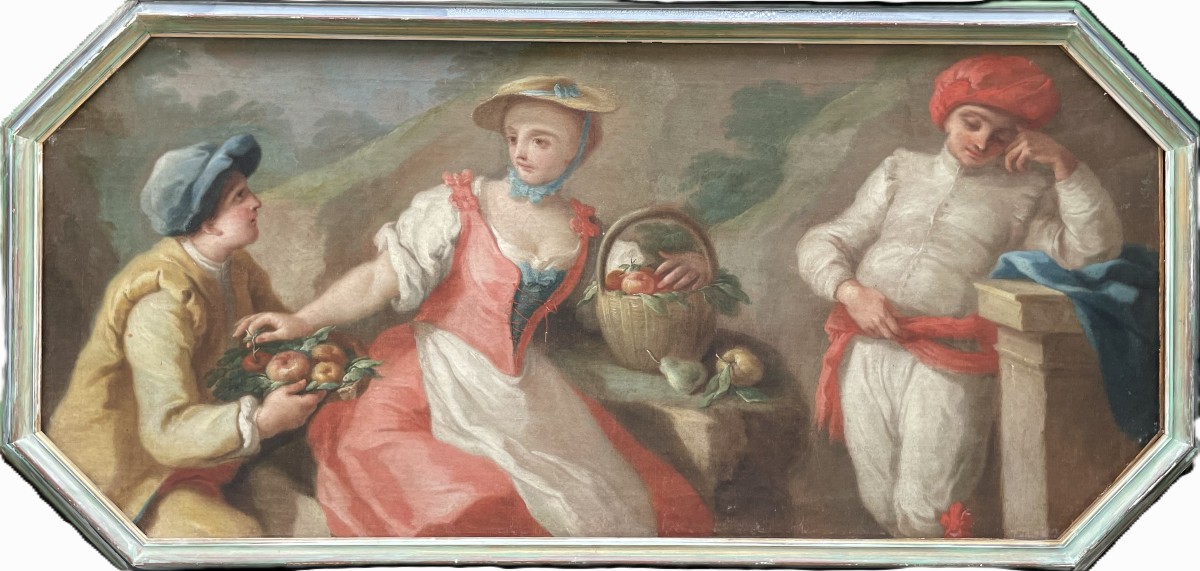
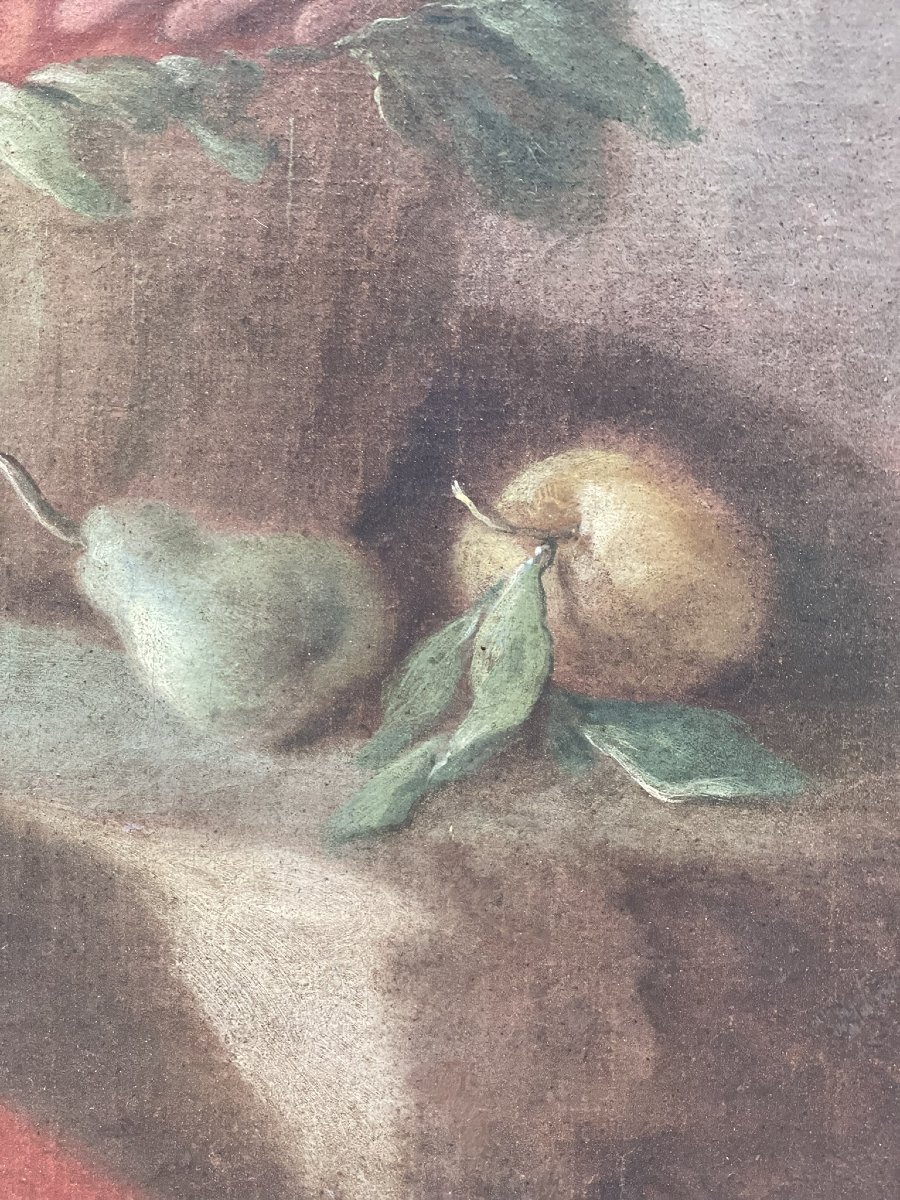
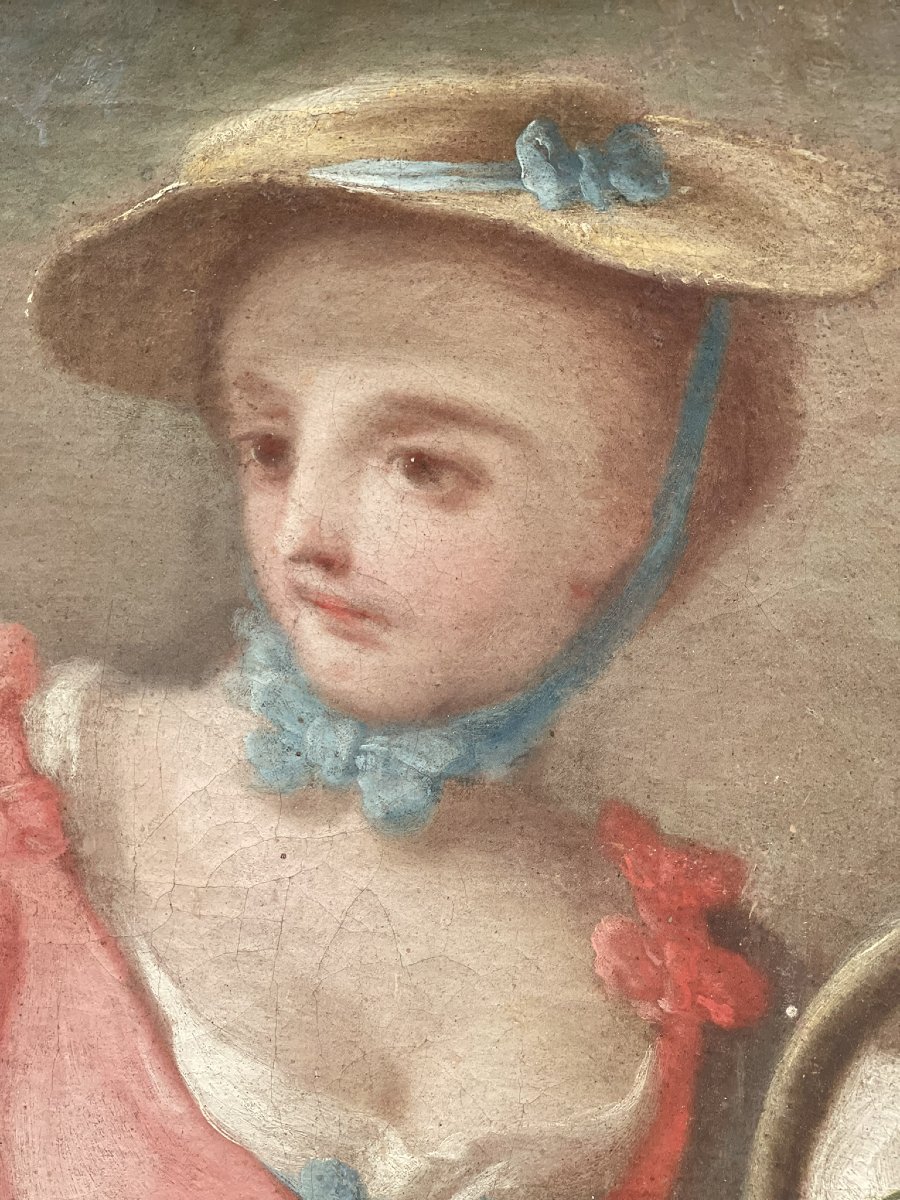
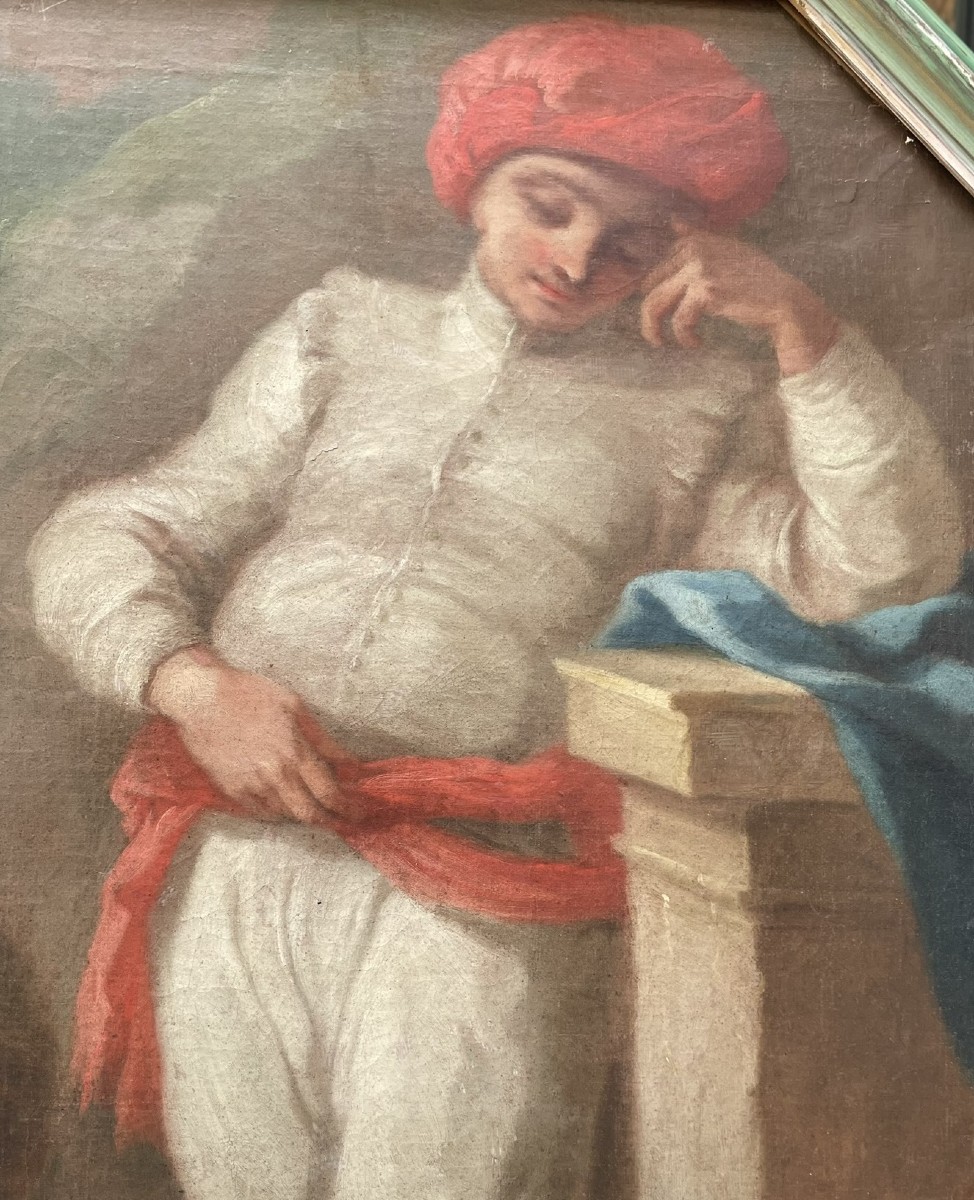
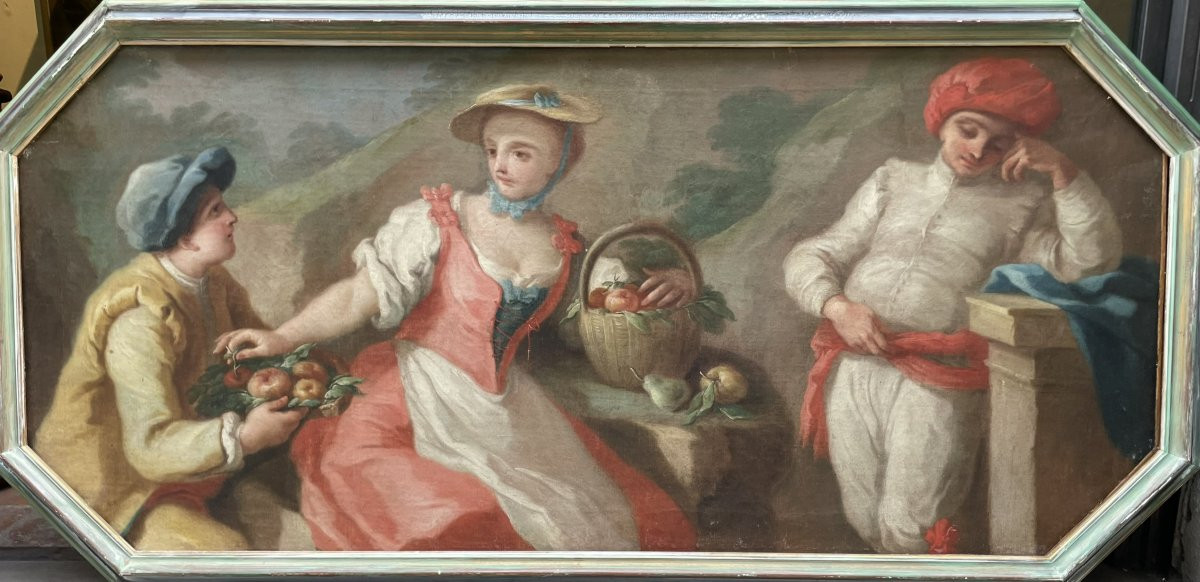
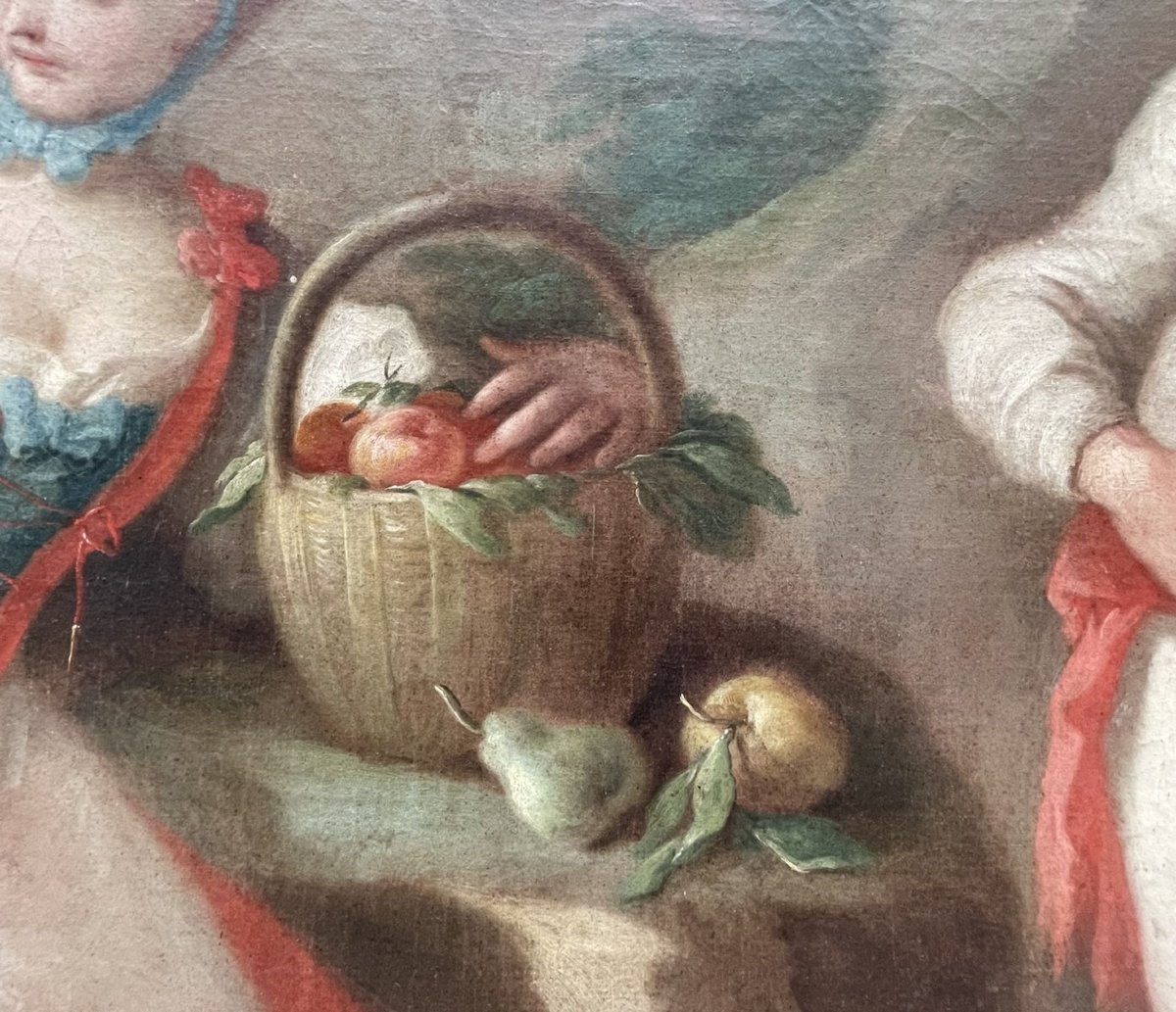
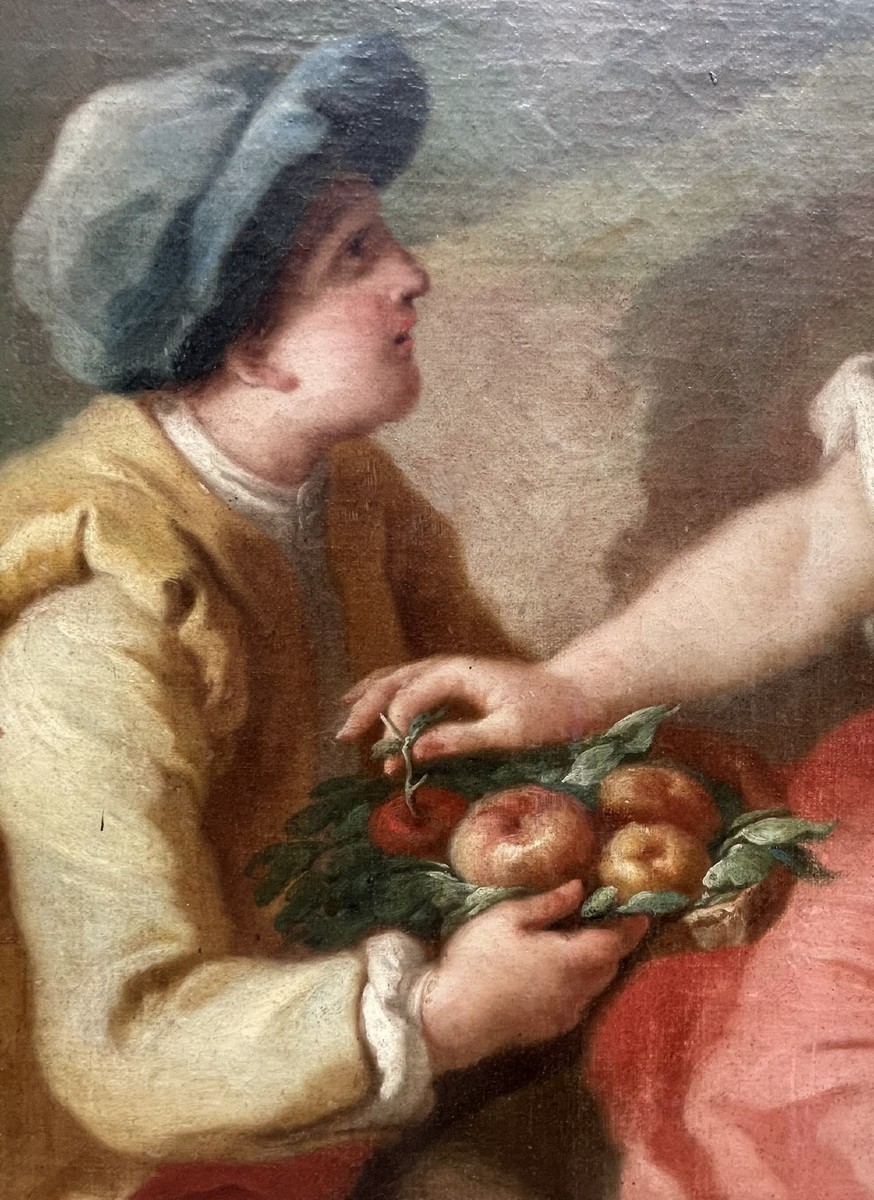
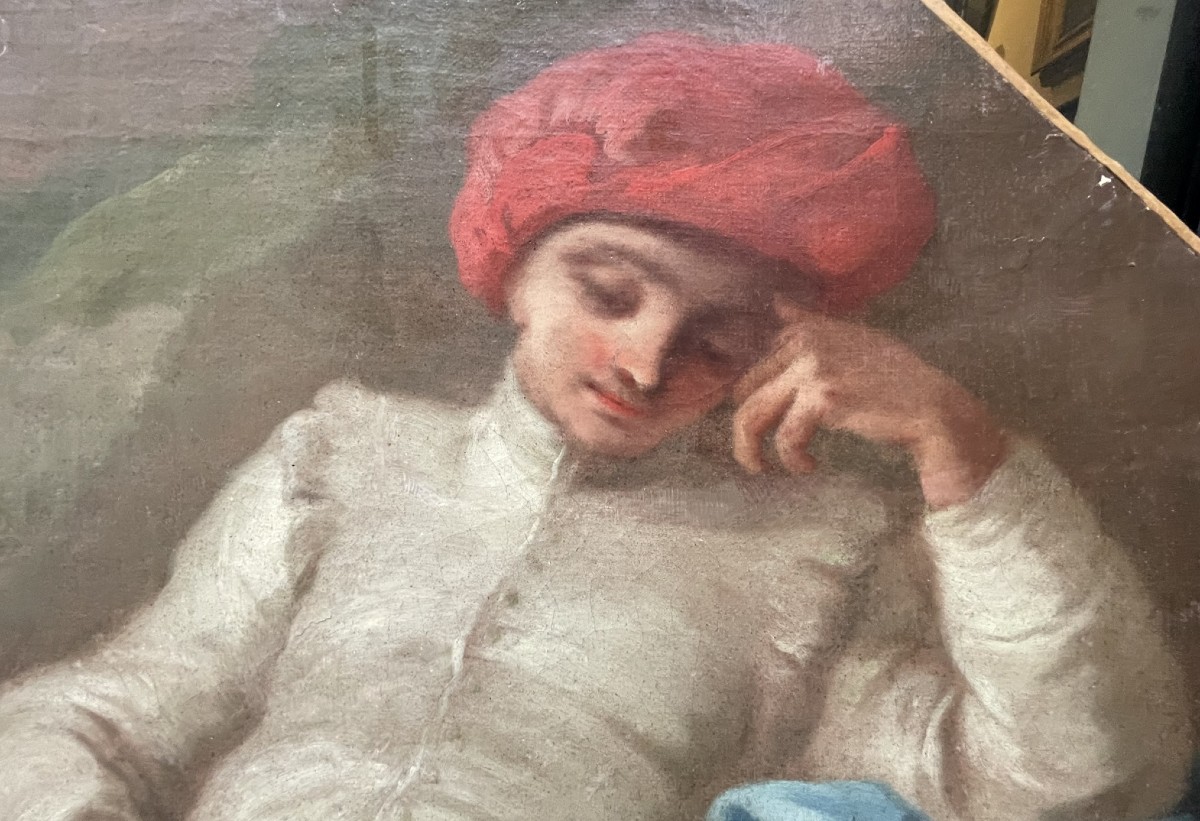
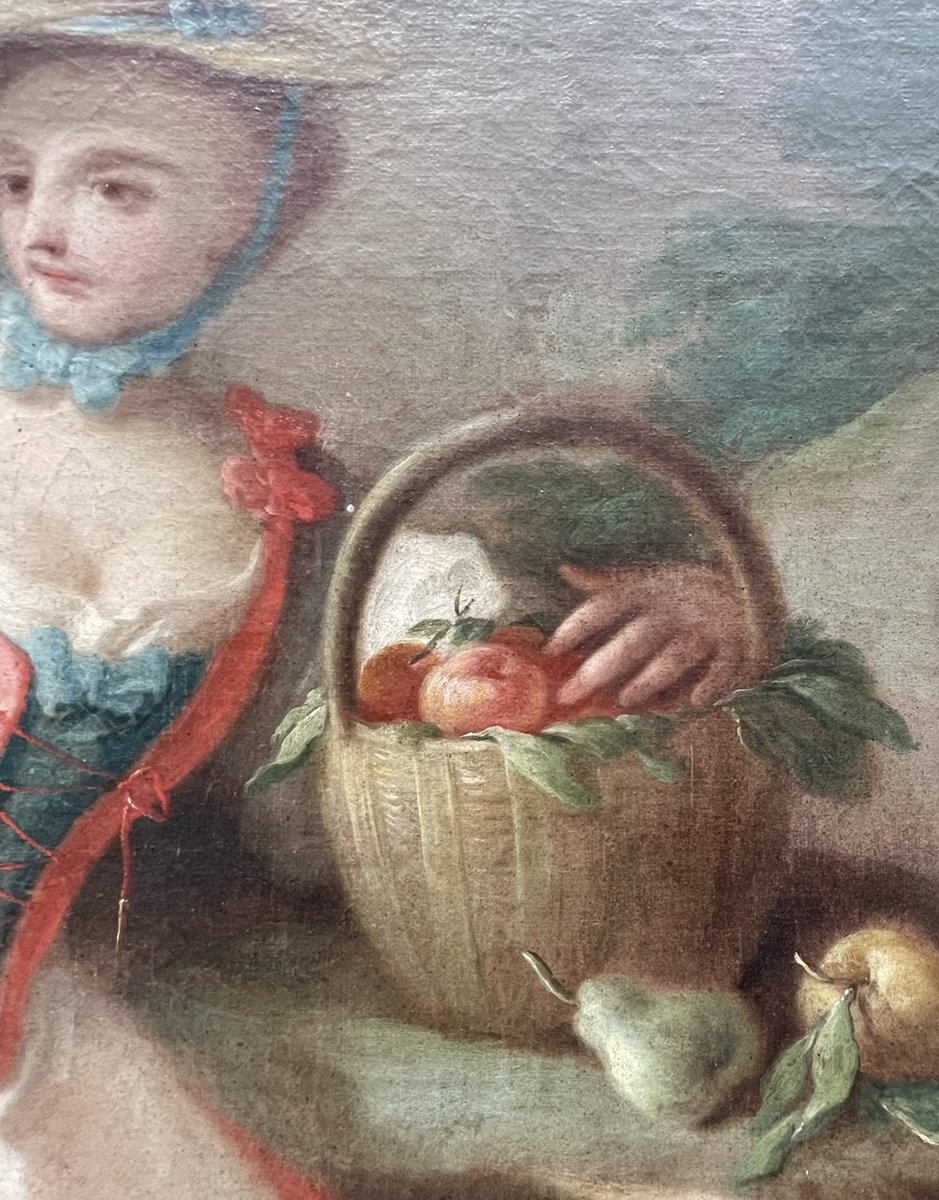
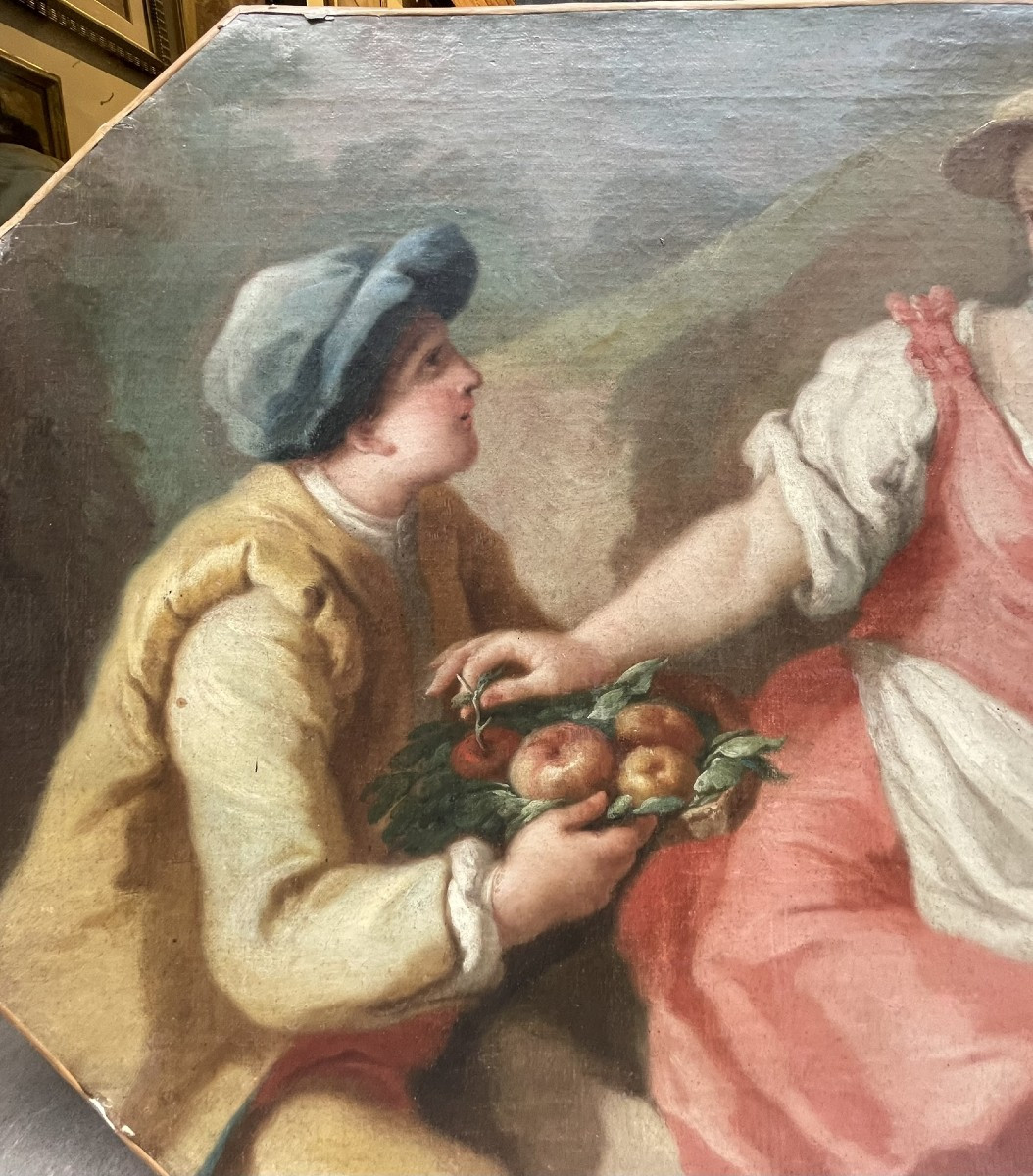
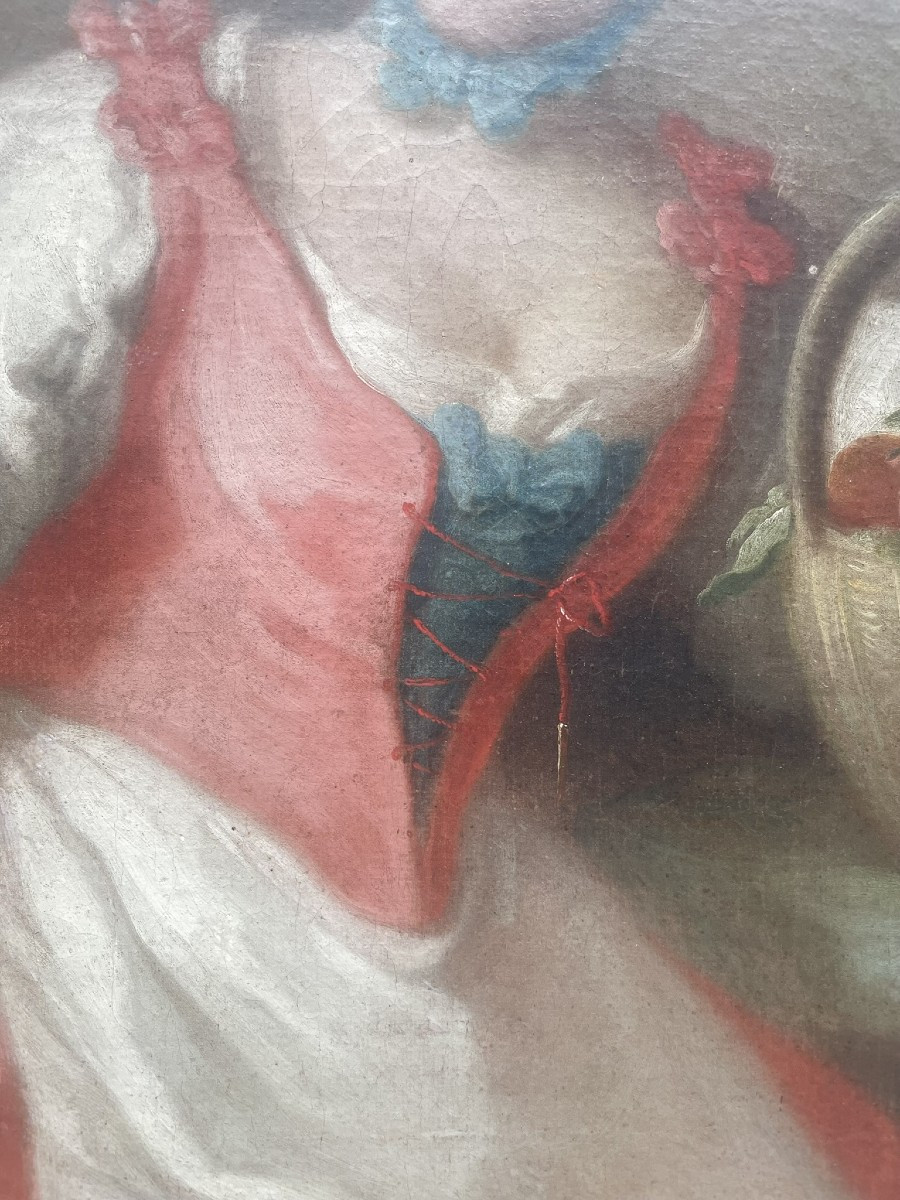


















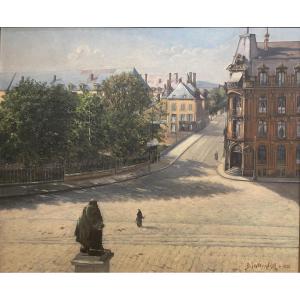

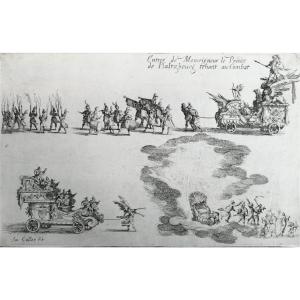
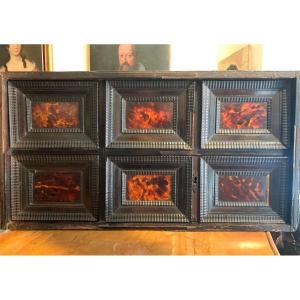





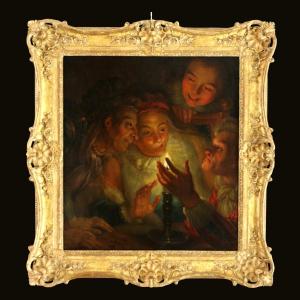
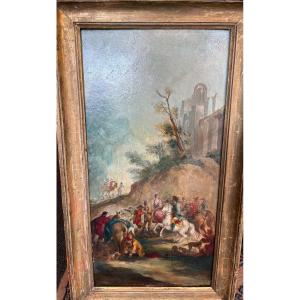
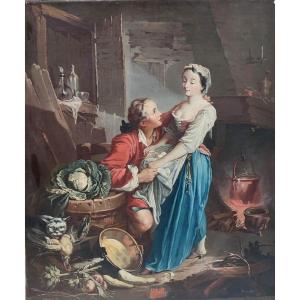
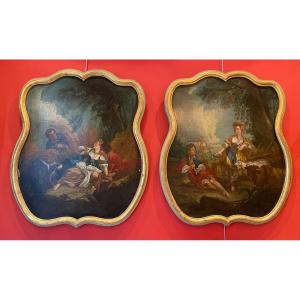




 Le Magazine de PROANTIC
Le Magazine de PROANTIC TRÉSORS Magazine
TRÉSORS Magazine Rivista Artiquariato
Rivista Artiquariato